Best TVs for Xbox Series X 2025: amazing panels for Xbox gamers
The best Xbox Series X TVs deliver next-gen HDMI 2.1 features, plus Dolby Vision & Dolby Atmos gaming

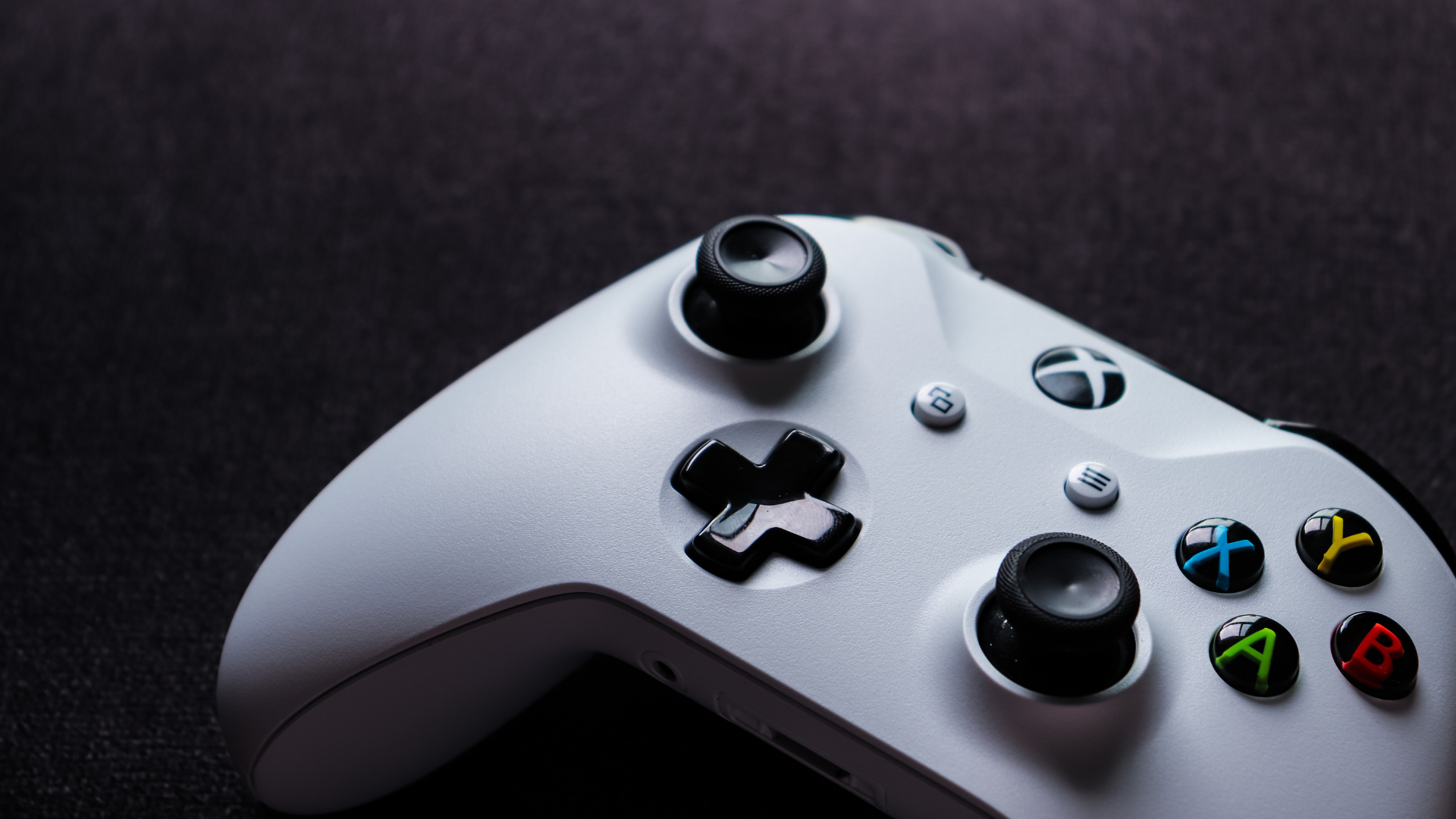
Here we've collected the very best TVs available for the Xbox Series X console in one place. While our more comprehensive guide to the best gaming TVs range in size, price and features, in here we've whittled down some of the makes and models to bring to you the ones that work beautifully with Microsoft's Xbox Series X.
If the console is your gaming machine of choice, then you've found the right list. However, if you're on the Sony side of the fence then you're going to want to check out our best TVs for PS5 guide instead.
When you're looking for the best TV for Xbox Series X you’re going to want to keep an eye out for features such as Variable Refresh Rate (VRR) and Auto Low Latency Mode (ALLM) – and full support of the HDMI 2.1 specification is great to have too, unless you're looking to save some cash.
13 July 2025: We've completely refreshed our guide to the best televisions for the Xbox Series X, adding new models from LG, Samsung, and Amazon.
T3's Top Picks

Best overall
The LG OLED G5 is a fantastic TV set, whether or not it's connected to the Xbox Series X, and it might just be the best television of 2025. You've got four HDMI 2.1 ports, next-gen OLED panel technology, a variety of standing and mounting options, and a solid on-board OS. It's the latest in a long line of excellent flagship OLEDs from LG.
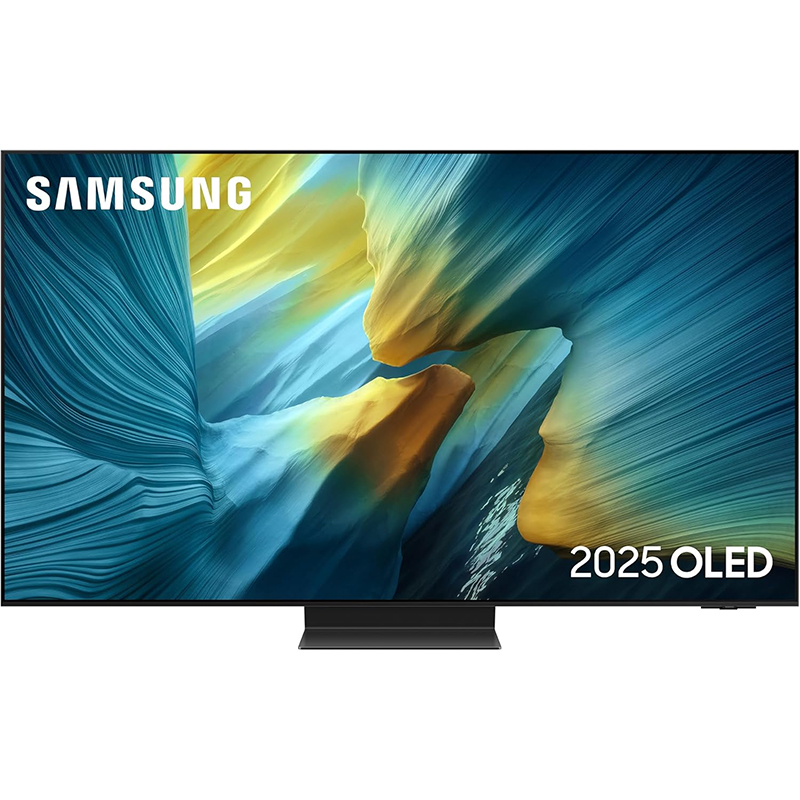
Best premium option
The Samsung S95F is so good it scooped the 2025 T3 award for best gaming TV, which gives you some idea of the phenomenal performance you can expect from this model when it's connected up to your Xbox Series X console – whether you're actually playing games or watching videos through one of your streaming apps.
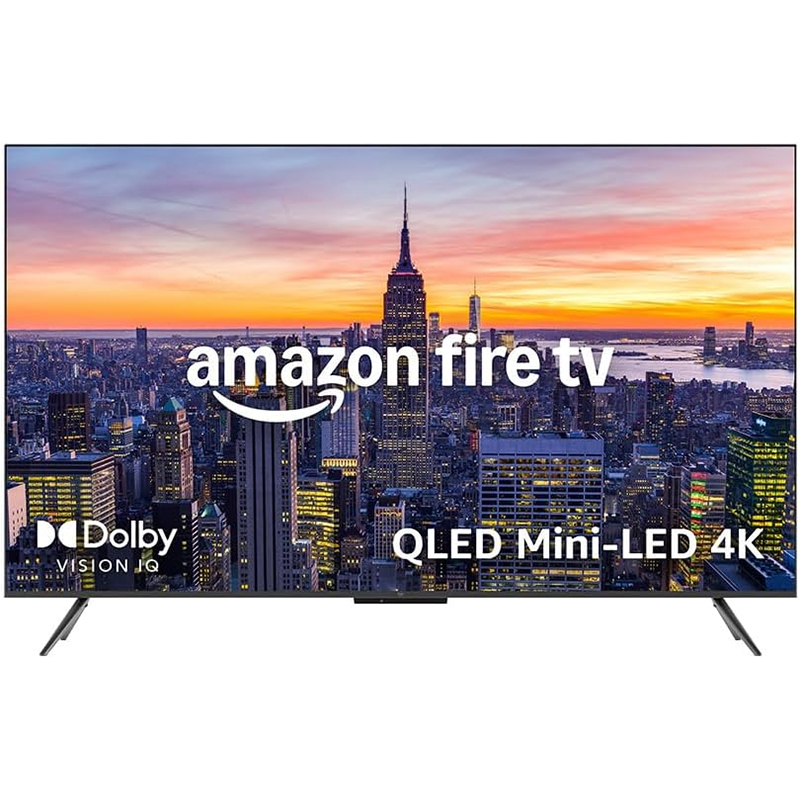
Best affordable option
While the Amazon Fire TV Omni Mini-LED 4K TV will cost you significantly less than the LG and Samsung TVs we've mentioned above, it still impresses: there are two 4K/120Hz HDMI 2.1 ports for example, to elevate your Xbox gaming, while non-gaming performance is very decent too thanks to the advanced Mini-LED panel.
The best TVs for the Xbox Series X we recommend in 2025
Best overall
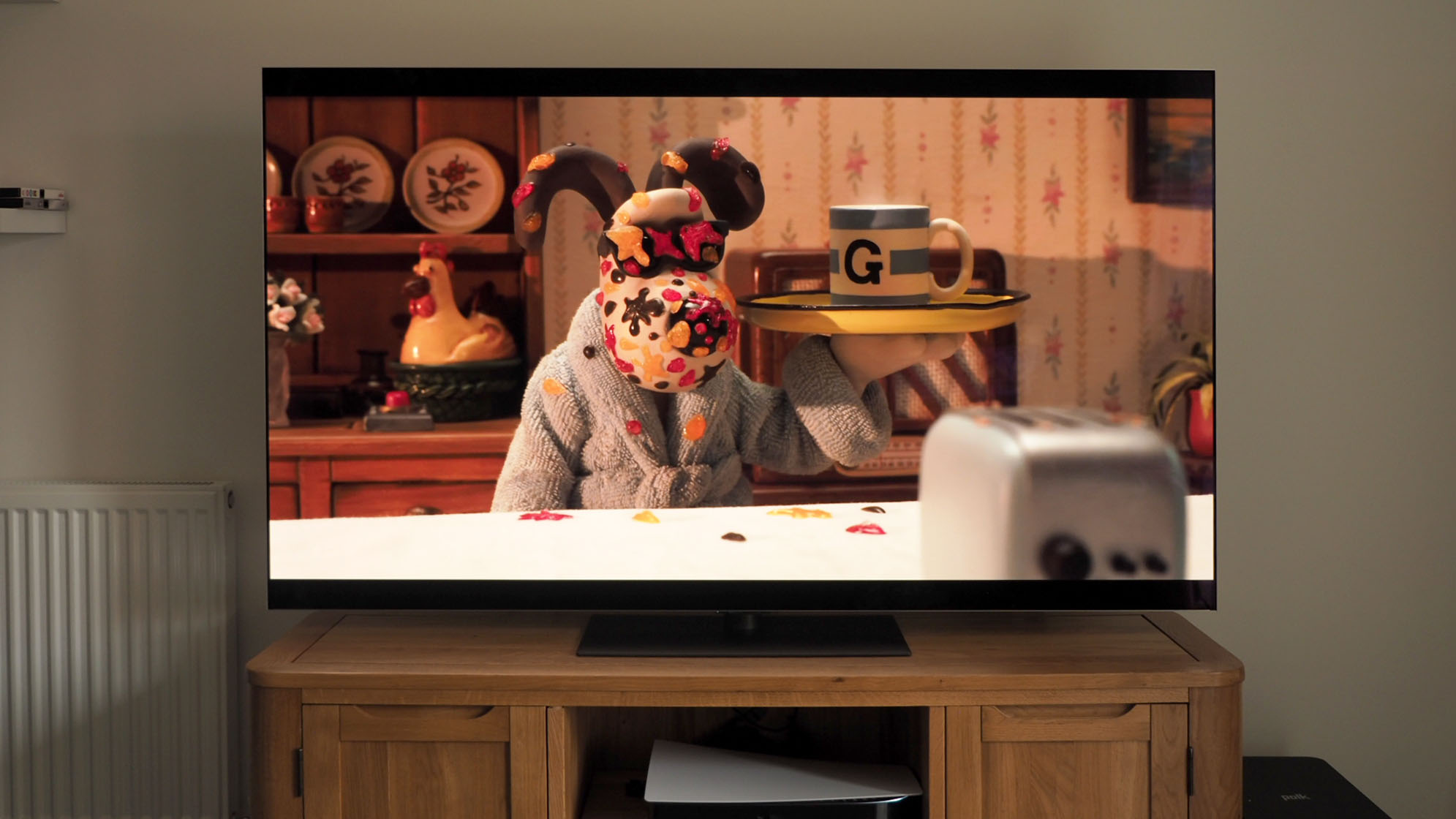

Specifications
Reasons to buy
Reasons to avoid
It's a case of seeing is believing with the LG OLED G5, and having sat in front of it, the T3 team can safely say this is one of the TVs of the year. You get a simply great picture from any source you like – including of course, the Xbox Series X console.
Gamers are going to be particularly interested in the four HDMI 2.1 ports that are capable of serving up 4K/120Hz and 1440p/165Hz resolutions. Whatever you need for your Xbox Series X sessions, whether it's top-notch HDR brightness or super-low latency, this is a television that's able to serve it up.
And of course the LG OLED G5 is a fantastic proposition away from gaming too. The OLED panel provides superb black levels and vibrant colours, and low light conditions and screen glare are both handled well. It's a TV with very few faults.
There's much more about this model, including all the key details and specs, in our LG OLED G5 review.
Best premium
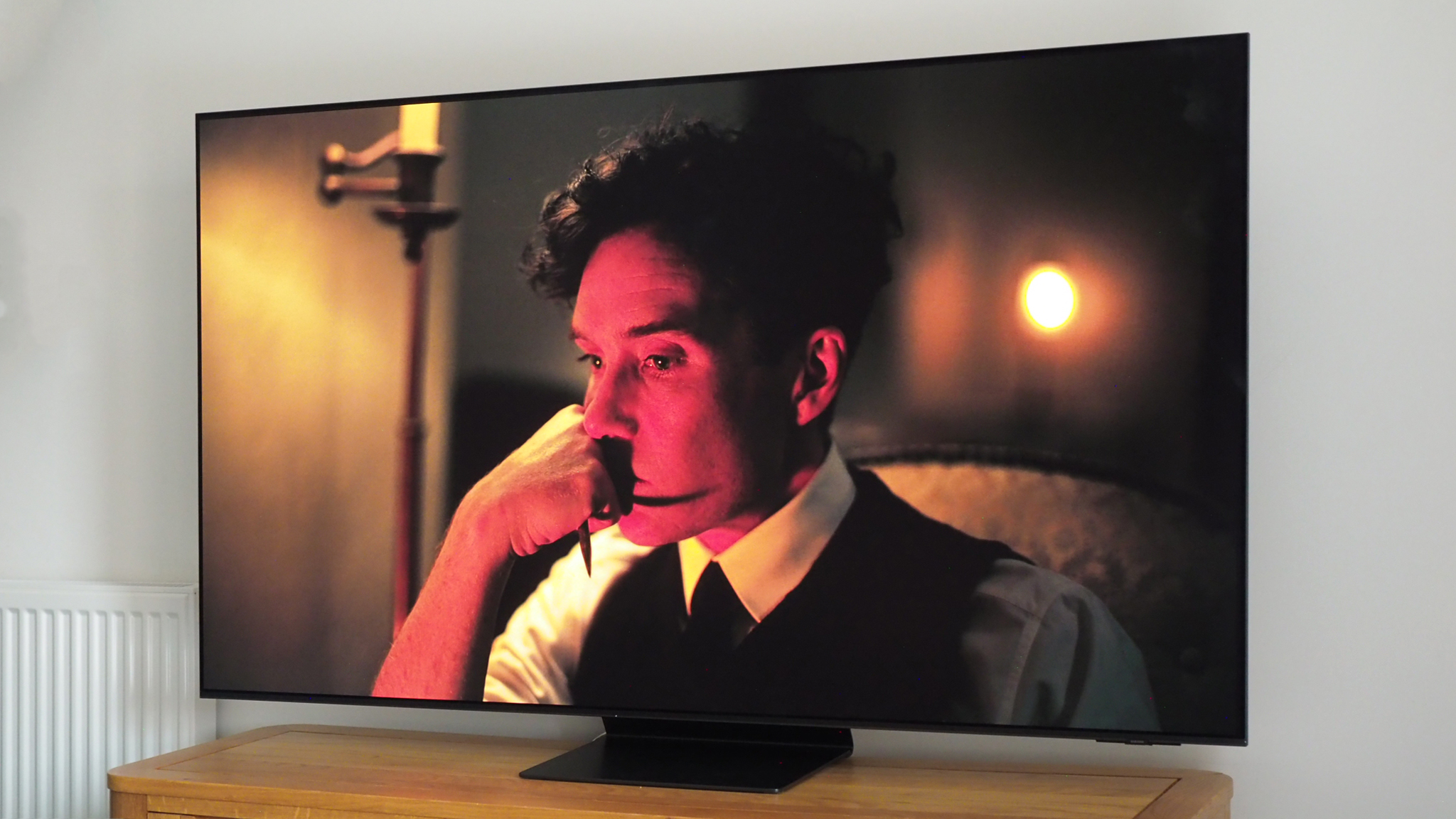

Specifications
Reasons to buy
Reasons to avoid
The Samsung S95F is a fine companion to the Xbox Series X if you're prepared to spend whatever it takes for your TV upgrade: it's a model that's so special it was just named as the best gaming TV at the T3 Awards 2025.
It's really difficult to find anything to complain about in what is an all-round stunner of a set. It's simply packed with gaming features, including four HDMI 2.1 ports that can run content at resolutions up to 4K and refresh rates up to 165Hz, and it's one of the most responsive and bright panels we've had the pleasure of playing games on.
Samsung's QD-OLED tech has continued to get better, year on year, and in general use it handles contrast, colour, and HDR supremely well. Even the integrated sound and the on-board software are very well done.
All the specs and details you need to know about are in our Samsung S95F review, a full look at this model.
Best affordable option
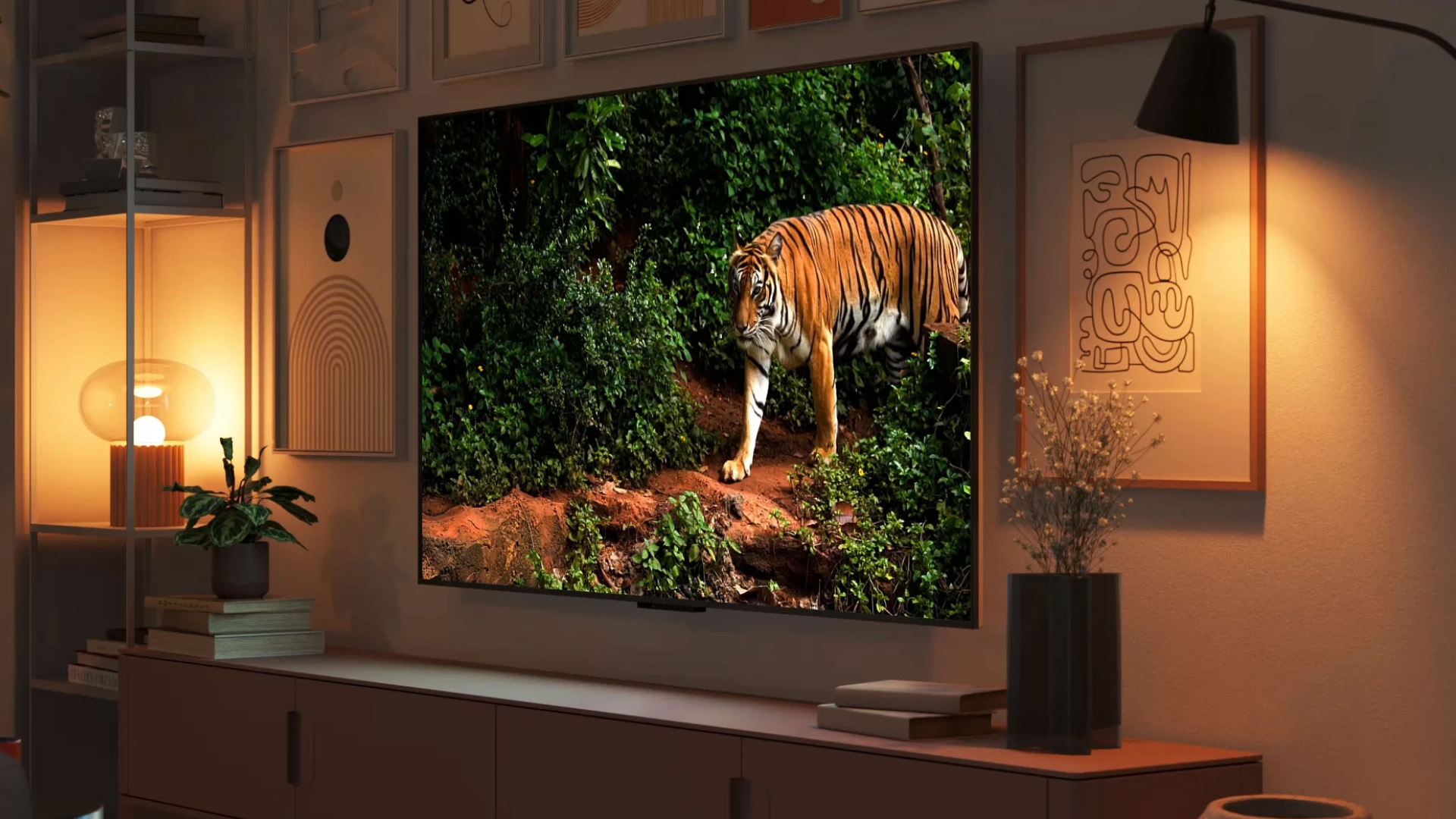

Specifications
Reasons to buy
Reasons to avoid
You can still get yourself a brilliant TV to hook up to your Xbox Series X without paying over the odds, because the Amazon Fire TV Omni Mini-LED 4K TV is cheaper than a lot of its competitors, while still delivering a top-quality picture.
The set makes use of Mini-LED technology that improves on the standard LED backlighting by bringing sharper and more precise illumination, and here that results in a television that impresses in terms of brightness, colour, sharpness, contrast and motion handling – it really does tick all the necessary boxes.
There's the all-important 4K/120Hz HDMI 2.1 support on two of the four input ports here, and when you're not gaming, you've got the very capable Fire TV OS software to handle all of your video streaming apps as well.
Learn more about this set through our Amazon Fire TV Omni Mini-LED 4K TV review, which includes all the details you need to know.
Key features explained
HDMI 2.1: This is the latest version of the connection tech. It looks just like older HDMI ports, but can handle 4K 120Hz, VRR and ALLM – which we'll explain in a moment. Here's our full HDMI 2.1 guide, if you want more info.
4K 120Hz: The Xbox Series X is able to play certain games at 4K resolution at 120 frames per second, which makes things super-clear and responsive. In order to actually see this on your TV, though, your TV needs two things: it has to have a 4K screen capable of refreshing at 120Hz (120 times per sbext econd), and it has to have an HDMI 2.1 connector, because it's too much data for older versions of HDMI to handle. We have a more in-depth 4K 120Hz explainer here, if you want to dig in.
VRR (Variable Refresh Rate): This technology enables your console to tell the TV when it should refresh and show a new frame, instead the refresh happening at set regular intervals. This means that games can vary their framerate slightly with their being any weird graphical glitches from the fact that they're out of sync with the TV – which means games can be more flexible with including fancier graphics, or can run at higher framerates than usual. If that seems confusing, here's our full VRR explained guide, including a video.
ALLM (Auto Low Latency Mode): This means the Xbox Series X tells the TV to switch into a 'gaming' mode, where less image processing is applied, but it means every frame the Microsoft console creates is shown on the TV screen more quickly – making games more responsive. Again, it's an HDMI 2.1 feature, though TVs without HDMI often support it, or have their own version of it.
Get all the latest news, reviews, deals and buying guides on gorgeous tech, home and active products from the T3 experts
Louise Blain is a journalist and broadcaster specialising in technology, gaming, and entertainment. She has a weekly consumer tech slot on BBC Radio Scotland and is the presenter of BBC Radio 3's monthly Sound of Gaming show. She can also regularly be found on BBC Radio 4, BBC Five Live, and The Evolution of Horror podcast as well as writing for GamesRadar and NME. Louise loves finding ways that tech can make our lives better every day and no, she doesn't have enough smart lighting yet.
